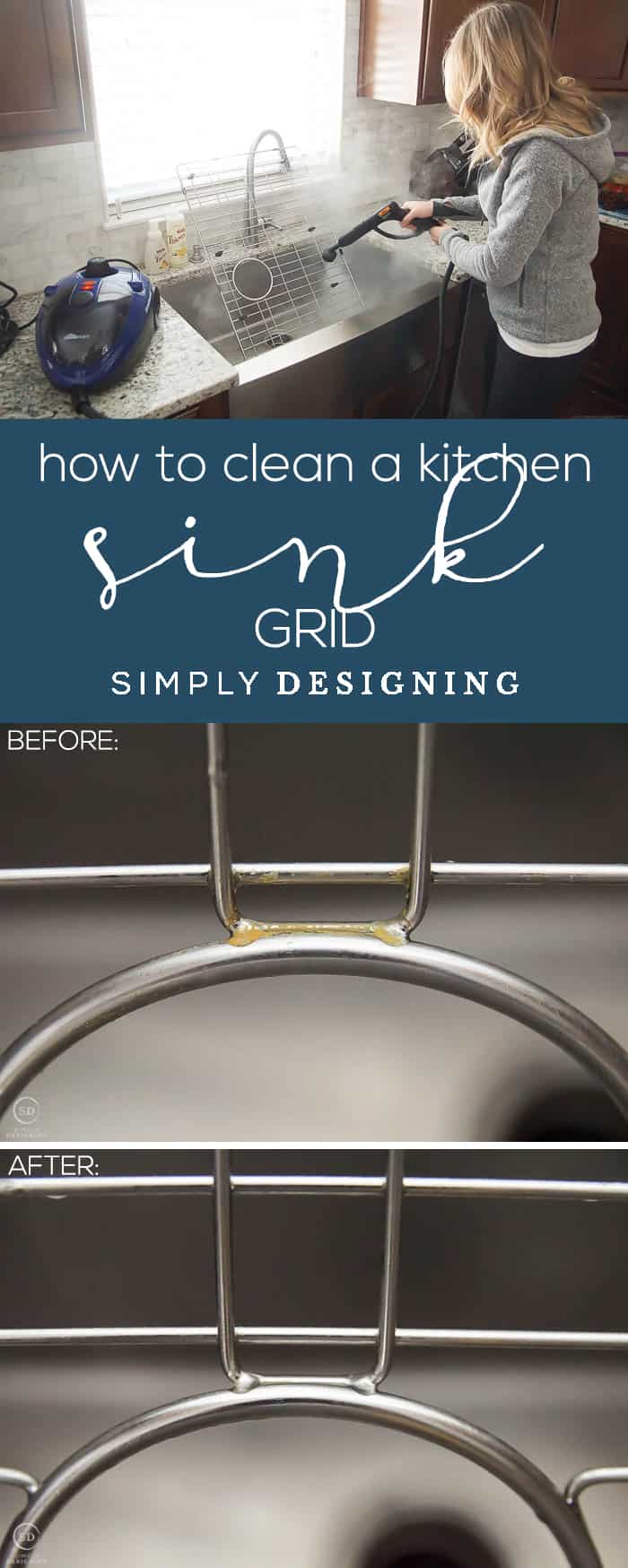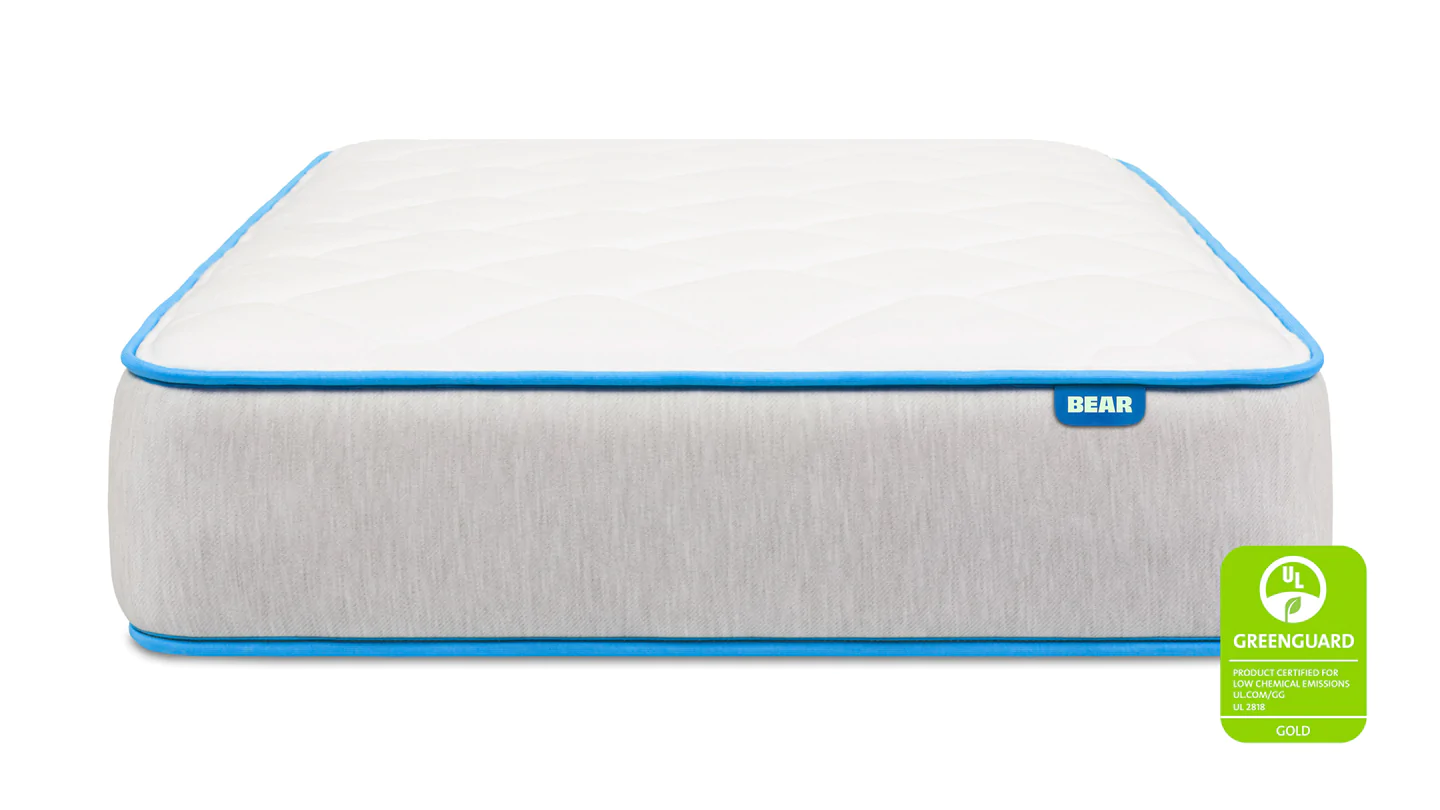What is the Purpose of a Kitchen Sink Grid?
Kitchen sink grids, also known as sink racks or sink grates, are essential accessories for any kitchen sink. They are designed to fit perfectly into the bottom of your sink, providing a flat and elevated surface for you to place your dishes, pots, and pans on. But what is the purpose of a kitchen sink grid? Let's explore the top 10 main purposes of this handy kitchen tool.
How to Use a Kitchen Sink Grid
Using a kitchen sink grid is simple and straightforward. You can simply place it at the bottom of your sink, making sure it fits securely and evenly. The grid will provide a sturdy surface for your dishes, allowing you to easily wash and rinse them without having to worry about them slipping or falling. You can also use the grid to dry your dishes, as the elevated surface allows for better air circulation.
Benefits of Using a Kitchen Sink Grid
The main benefit of using a kitchen sink grid is that it helps protect your sink from scratches and damage. The elevated surface ensures that your dishes and pots do not come into direct contact with the sink's surface, preventing any potential damage. Additionally, the grid also helps to keep your sink clean by preventing debris and food particles from accumulating at the bottom of the sink.
Choosing the Right Kitchen Sink Grid
When choosing a kitchen sink grid, there are a few key factors to consider. The first is the size of your sink. Make sure to measure your sink carefully and choose a grid that fits perfectly. You should also consider the material of the grid. Stainless steel grids are the most popular as they are durable and easy to clean. Lastly, look for grids with rubber or silicone feet to prevent them from slipping and scratching your sink.
How to Clean a Kitchen Sink Grid
To keep your kitchen sink grid in top condition, regular cleaning is necessary. You can easily clean the grid by scrubbing it with a mild detergent and warm water. For tougher stains, you can use a mixture of baking soda and water to scrub the grid. Rinse thoroughly and dry with a clean cloth before placing it back in your sink.
Protecting Your Kitchen Sink with a Grid
As mentioned before, the primary purpose of a kitchen sink grid is to protect your sink from scratches and damage. By placing a grid at the bottom of your sink, you can ensure that any heavy dishes or sharp utensils do not come into direct contact with the sink's surface. This will help to extend the life of your sink and keep it looking new for longer.
Maximizing Space with a Kitchen Sink Grid
If you have a small kitchen with limited counter space, a kitchen sink grid can be a game-changer. By using a grid, you can easily create more usable space in your sink for washing and drying dishes. You can also use the grid as an additional drying rack, freeing up valuable counter space for other tasks.
Preventing Scratches with a Kitchen Sink Grid
One of the most common complaints about kitchen sinks is the scratches that can occur over time. However, with the use of a sink grid, you can prevent these scratches and keep your sink looking like new. The grid acts as a protective layer, ensuring that any heavy or sharp objects do not damage the sink's surface.
Types of Kitchen Sink Grids
Kitchen sink grids come in various shapes, sizes, and materials. The most popular material is stainless steel, but you can also find grids made of plastic or silicone. Some grids also come with additional features, such as adjustable feet or removable utensil holders. Consider your needs and preferences when choosing the right type of kitchen sink grid for your home.
Installing a Kitchen Sink Grid
Installing a kitchen sink grid is a simple task that can be done in a few minutes. Most grids come with adjustable feet that can be easily adjusted to fit your sink's size and shape. Simply place the grid at the bottom of your sink and adjust the feet until it sits evenly and securely. Some grids may also require brackets for installation, so make sure to follow the manufacturer's instructions carefully.
The Importance of a Kitchen Sink Grid in House Design

Efficient Use of Space
 When it comes to designing a house, every inch of space matters.
Kitchen sink grids
are an essential component in maximizing the efficiency of your kitchen. These grids fit perfectly in the bottom of your sink, creating a flat surface for you to place dishes, pots, and pans on. This frees up counter space and allows for a more organized and functional kitchen. With a
kitchen sink grid
, you no longer have to worry about dishes taking up space on the counter or trying to balance them precariously on the edge of the sink.
When it comes to designing a house, every inch of space matters.
Kitchen sink grids
are an essential component in maximizing the efficiency of your kitchen. These grids fit perfectly in the bottom of your sink, creating a flat surface for you to place dishes, pots, and pans on. This frees up counter space and allows for a more organized and functional kitchen. With a
kitchen sink grid
, you no longer have to worry about dishes taking up space on the counter or trying to balance them precariously on the edge of the sink.
Protection for Your Sink and Dishes
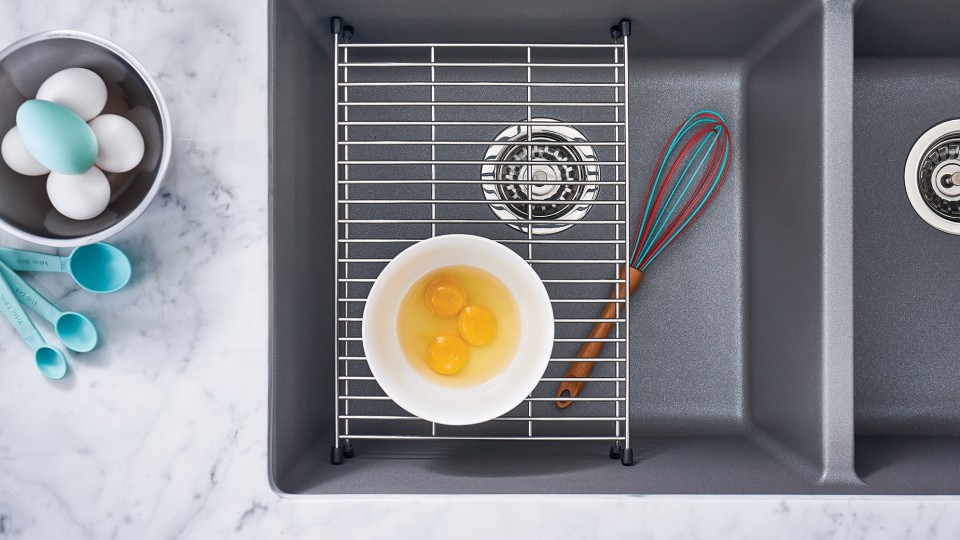 Not only do
kitchen sink grids
help with organization, but they also serve as a protective layer for your sink and dishes. The grid's elevated surface keeps dishes, glasses, and utensils from sitting in standing water, preventing water spots and rust stains. It also acts as a buffer between heavy pots and pans and your sink, minimizing the risk of scratches and damage. This not only keeps your sink looking new for longer but also extends the lifespan of your dishes.
Not only do
kitchen sink grids
help with organization, but they also serve as a protective layer for your sink and dishes. The grid's elevated surface keeps dishes, glasses, and utensils from sitting in standing water, preventing water spots and rust stains. It also acts as a buffer between heavy pots and pans and your sink, minimizing the risk of scratches and damage. This not only keeps your sink looking new for longer but also extends the lifespan of your dishes.
Improved Drainage and Hygiene
 Another important purpose of a
kitchen sink grid
is to improve drainage and hygiene. The grid's raised surface allows water to flow freely, preventing any build-up of food particles or bacteria. This makes cleaning your sink a breeze, as you can easily wipe down the grid without having to remove it. By keeping your sink and dishes elevated and away from standing water, you also decrease the chances of bacteria growth, creating a more hygienic and healthier environment in your kitchen.
Another important purpose of a
kitchen sink grid
is to improve drainage and hygiene. The grid's raised surface allows water to flow freely, preventing any build-up of food particles or bacteria. This makes cleaning your sink a breeze, as you can easily wipe down the grid without having to remove it. By keeping your sink and dishes elevated and away from standing water, you also decrease the chances of bacteria growth, creating a more hygienic and healthier environment in your kitchen.
Customizable and Versatile
 One of the best features of a
kitchen sink grid
is its versatility. They come in various sizes and shapes to fit different sinks, making them customizable to your specific needs. Some even come with detachable sides, allowing you to use it as a drying rack or a trivet to protect your countertops from hot dishes. With its many uses, a
kitchen sink grid
is a must-have in any well-designed kitchen.
In conclusion, a
kitchen sink grid
has a significant purpose in house design. It helps maximize space, protects your sink and dishes, improves drainage and hygiene, and is versatile in its uses. Don't overlook this small but essential component in creating a functional and efficient kitchen. Invest in a high-quality
kitchen sink grid
and see the difference it makes in your daily kitchen routine.
One of the best features of a
kitchen sink grid
is its versatility. They come in various sizes and shapes to fit different sinks, making them customizable to your specific needs. Some even come with detachable sides, allowing you to use it as a drying rack or a trivet to protect your countertops from hot dishes. With its many uses, a
kitchen sink grid
is a must-have in any well-designed kitchen.
In conclusion, a
kitchen sink grid
has a significant purpose in house design. It helps maximize space, protects your sink and dishes, improves drainage and hygiene, and is versatile in its uses. Don't overlook this small but essential component in creating a functional and efficient kitchen. Invest in a high-quality
kitchen sink grid
and see the difference it makes in your daily kitchen routine.









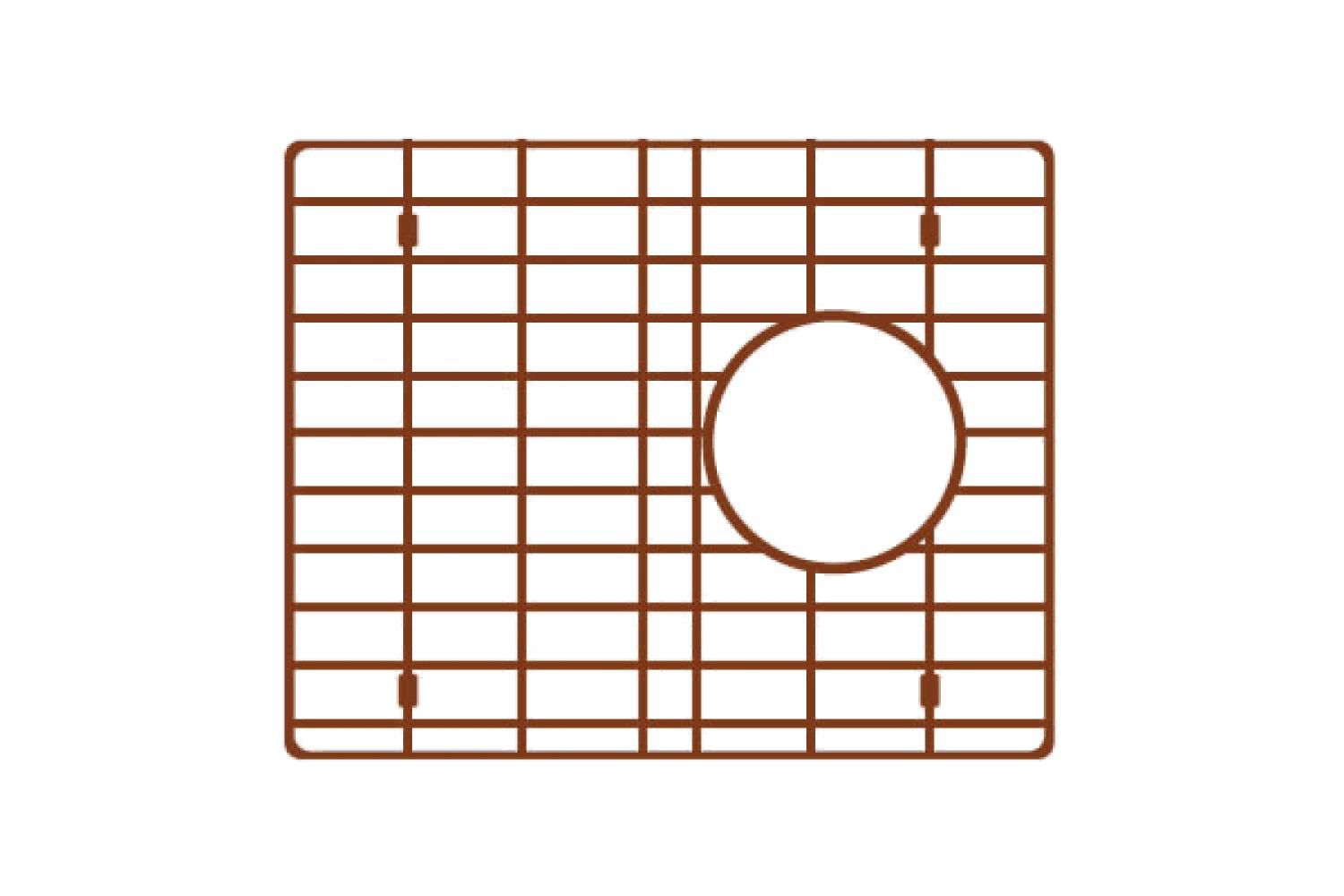
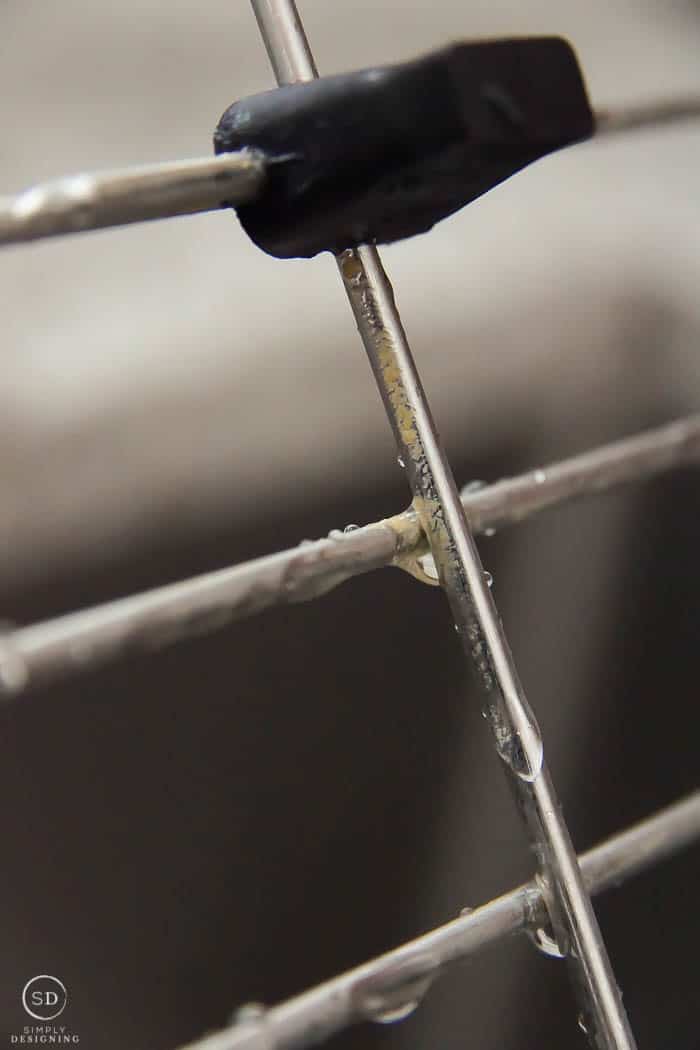


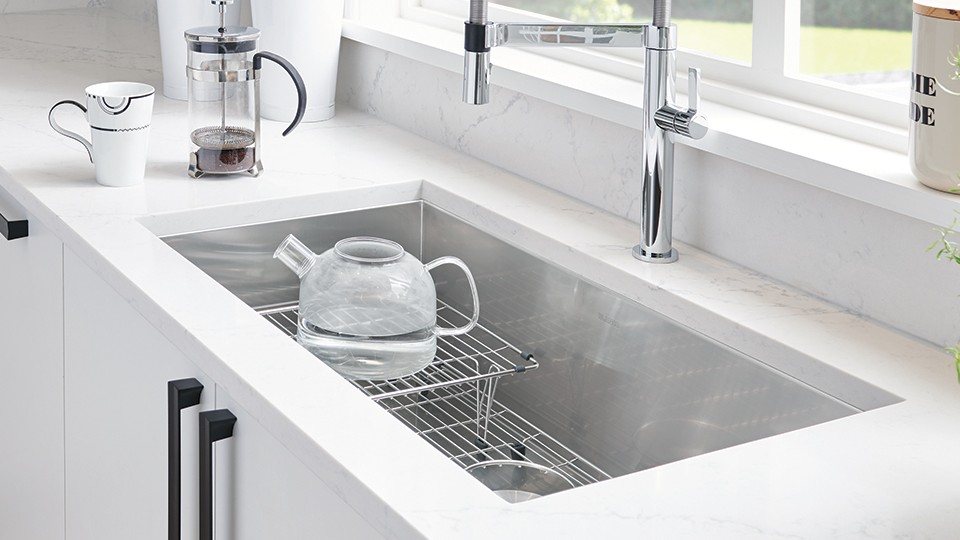
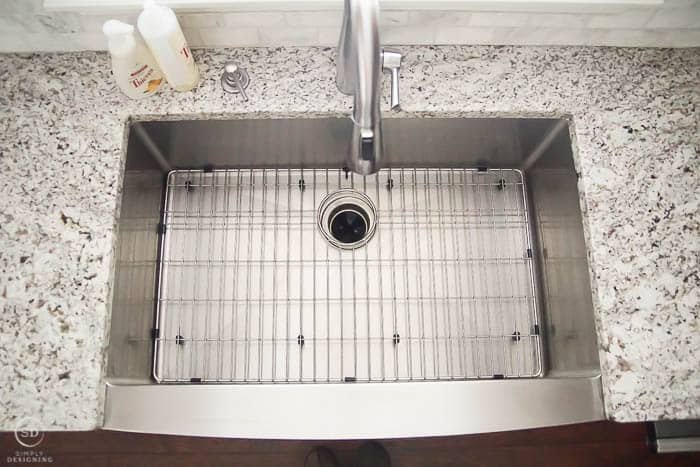






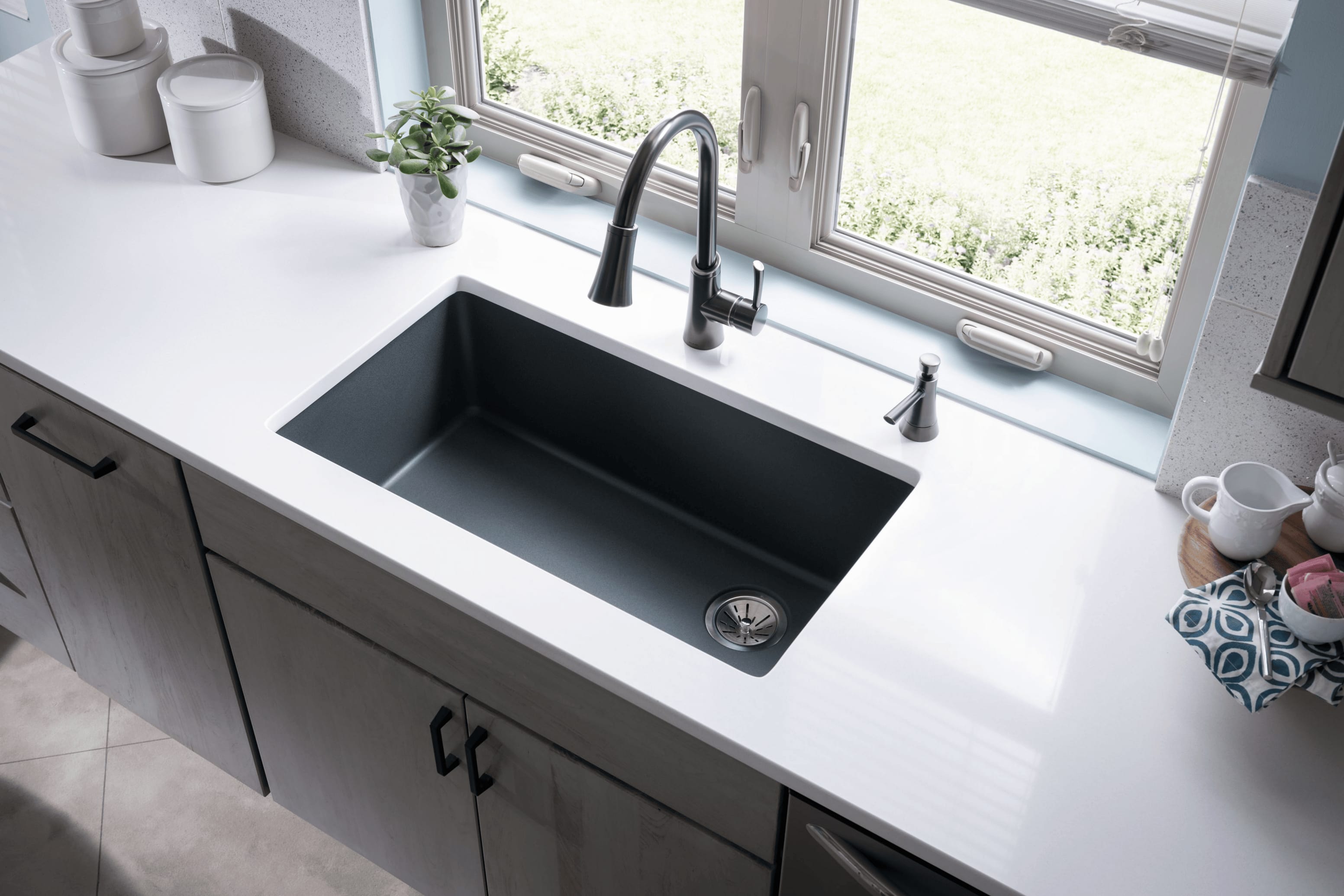



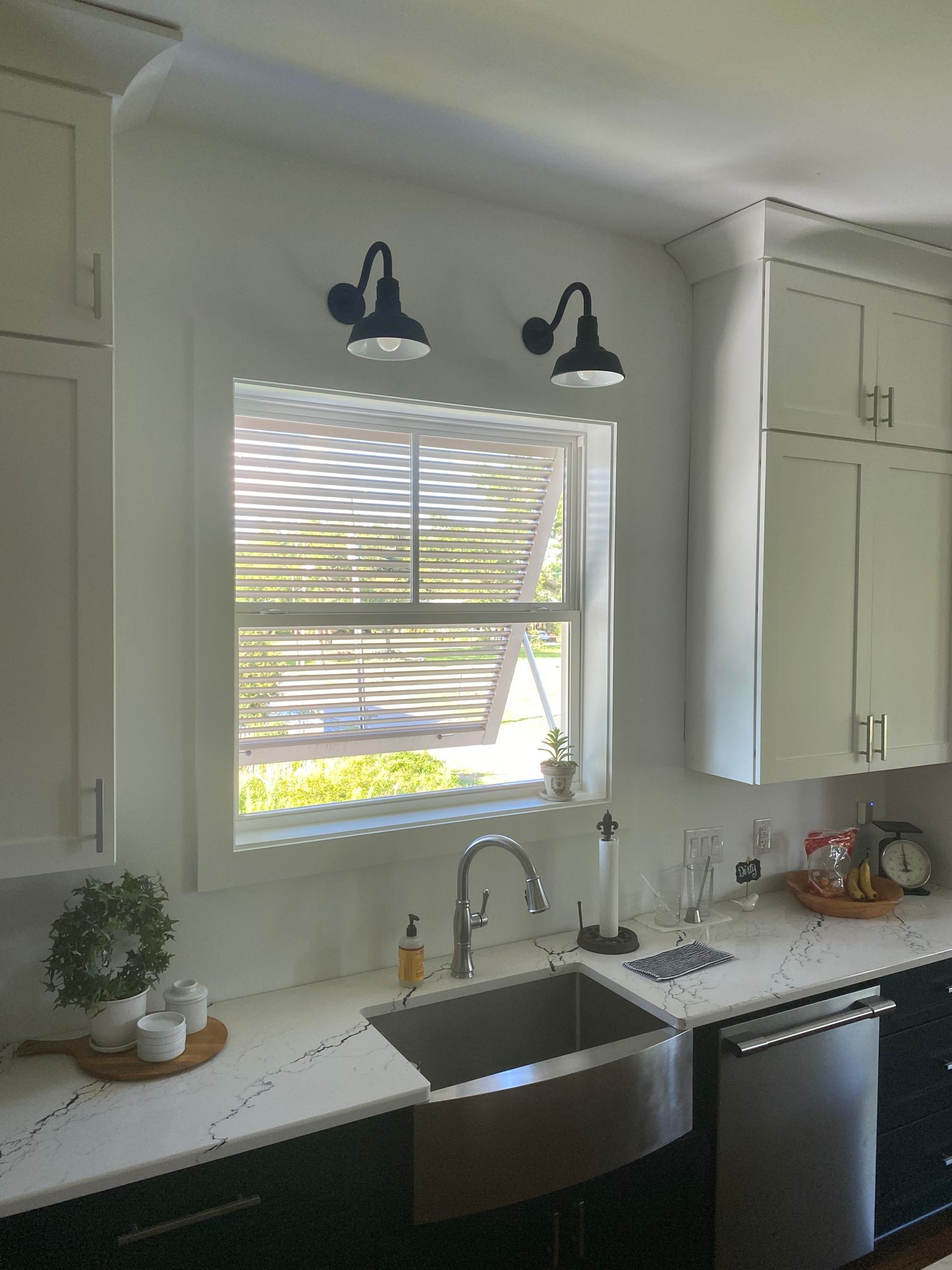



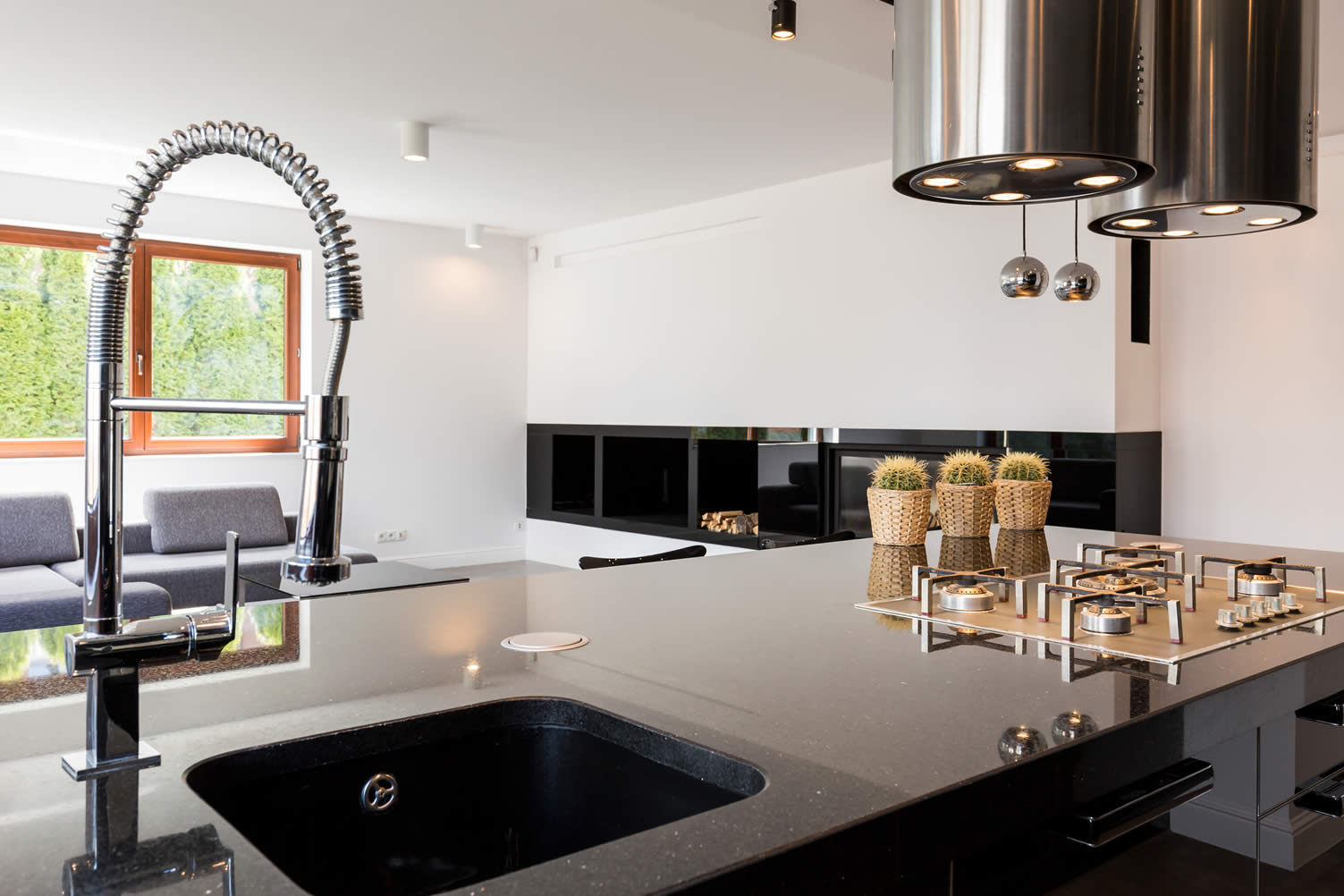




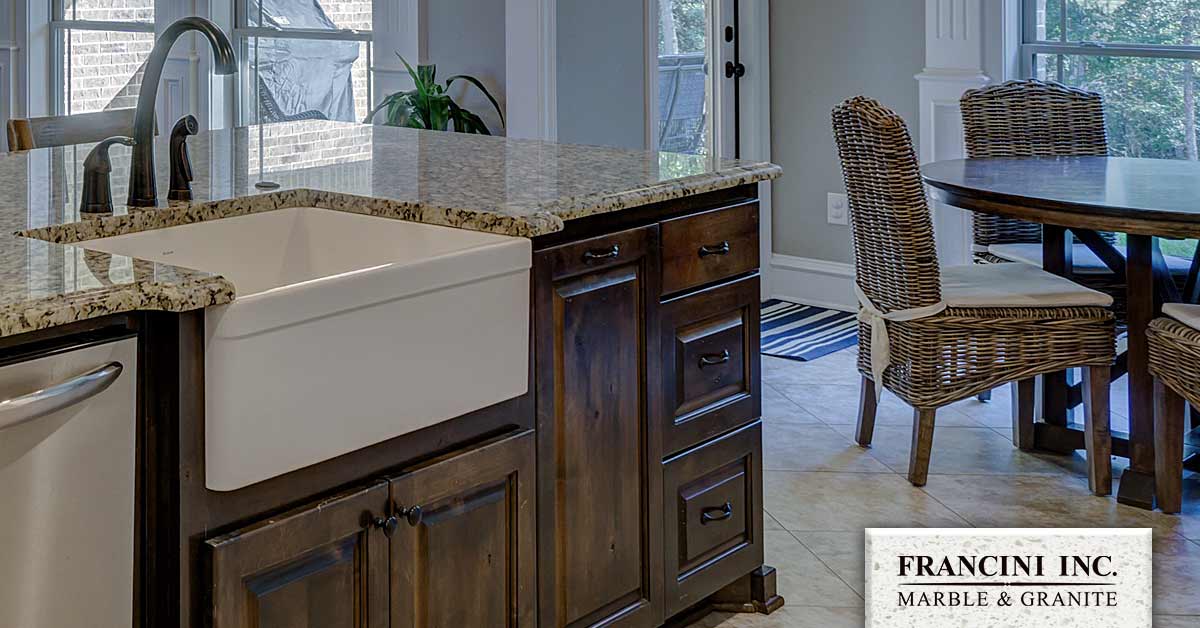











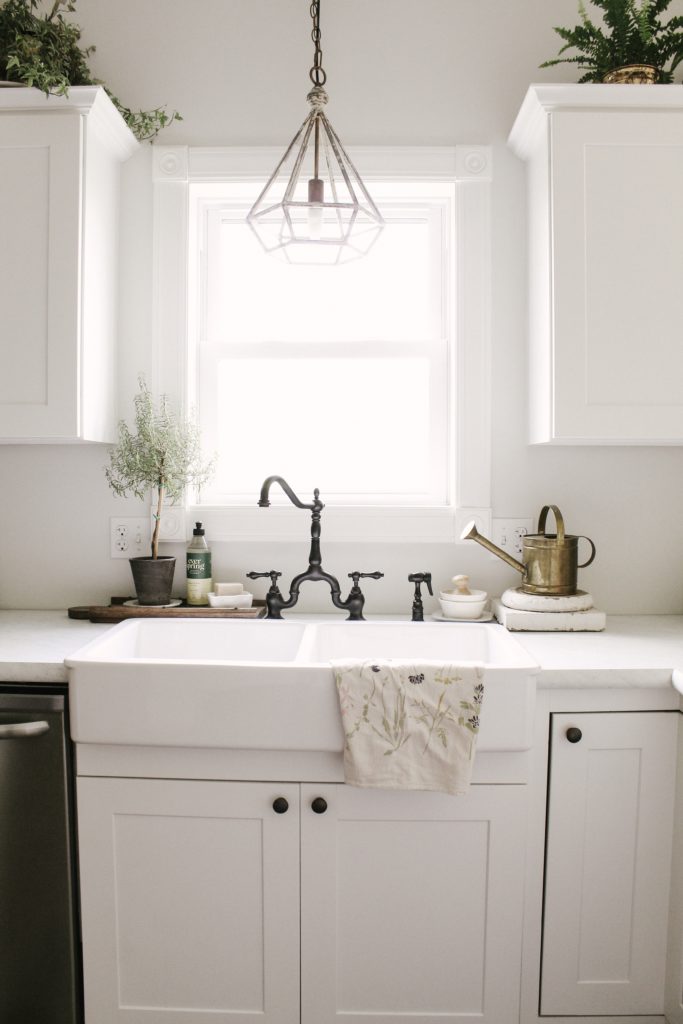

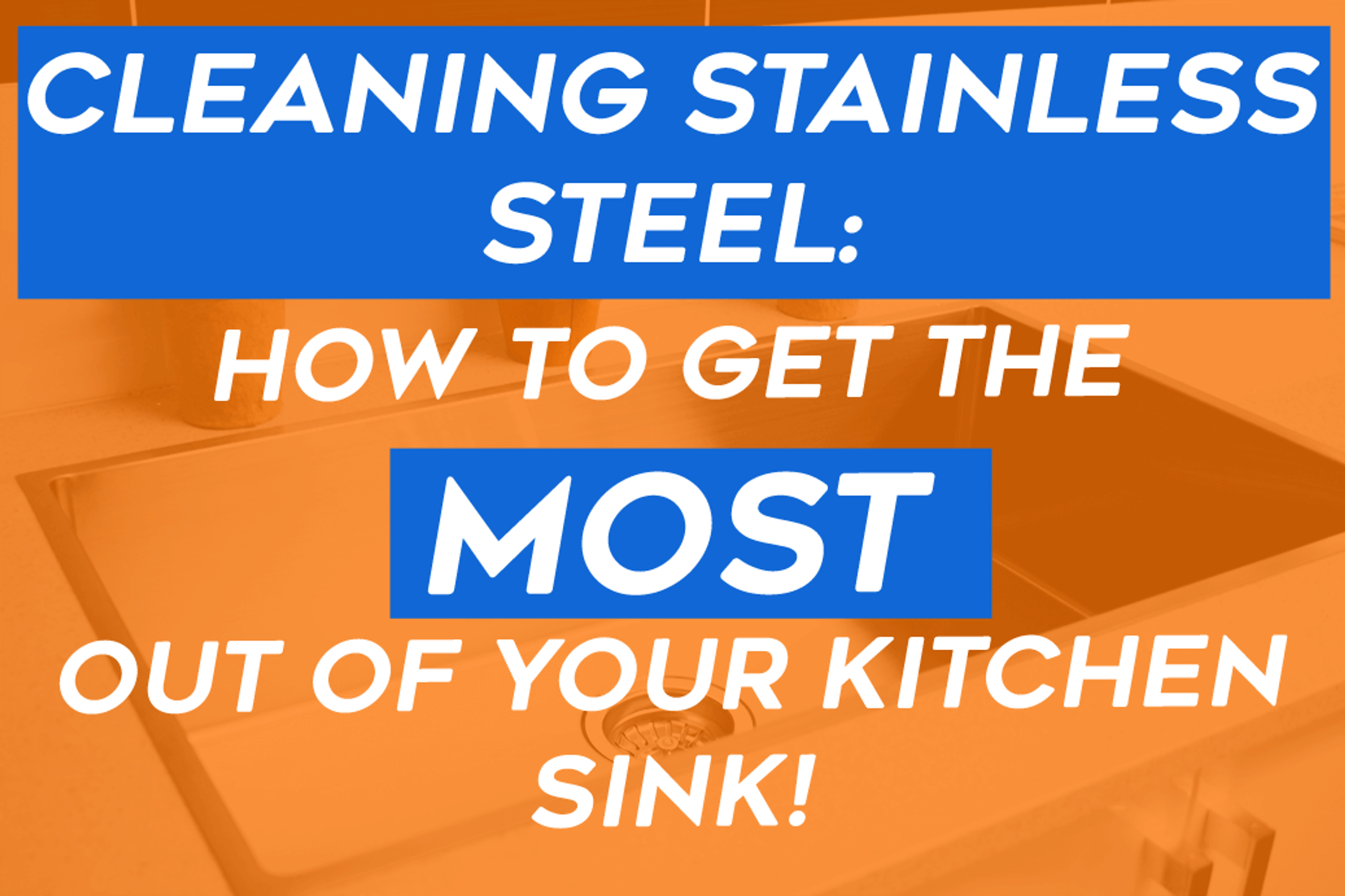











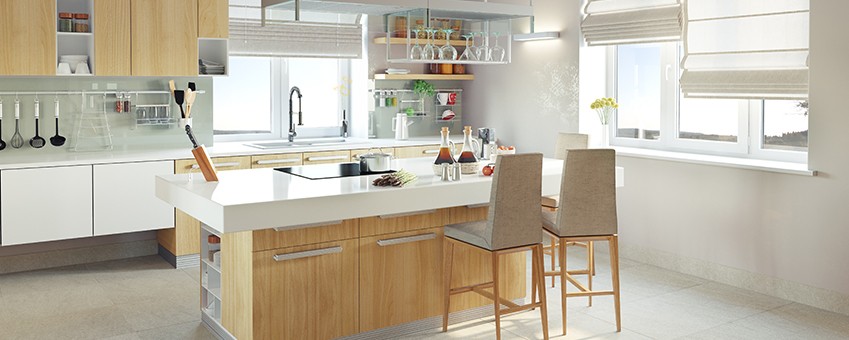









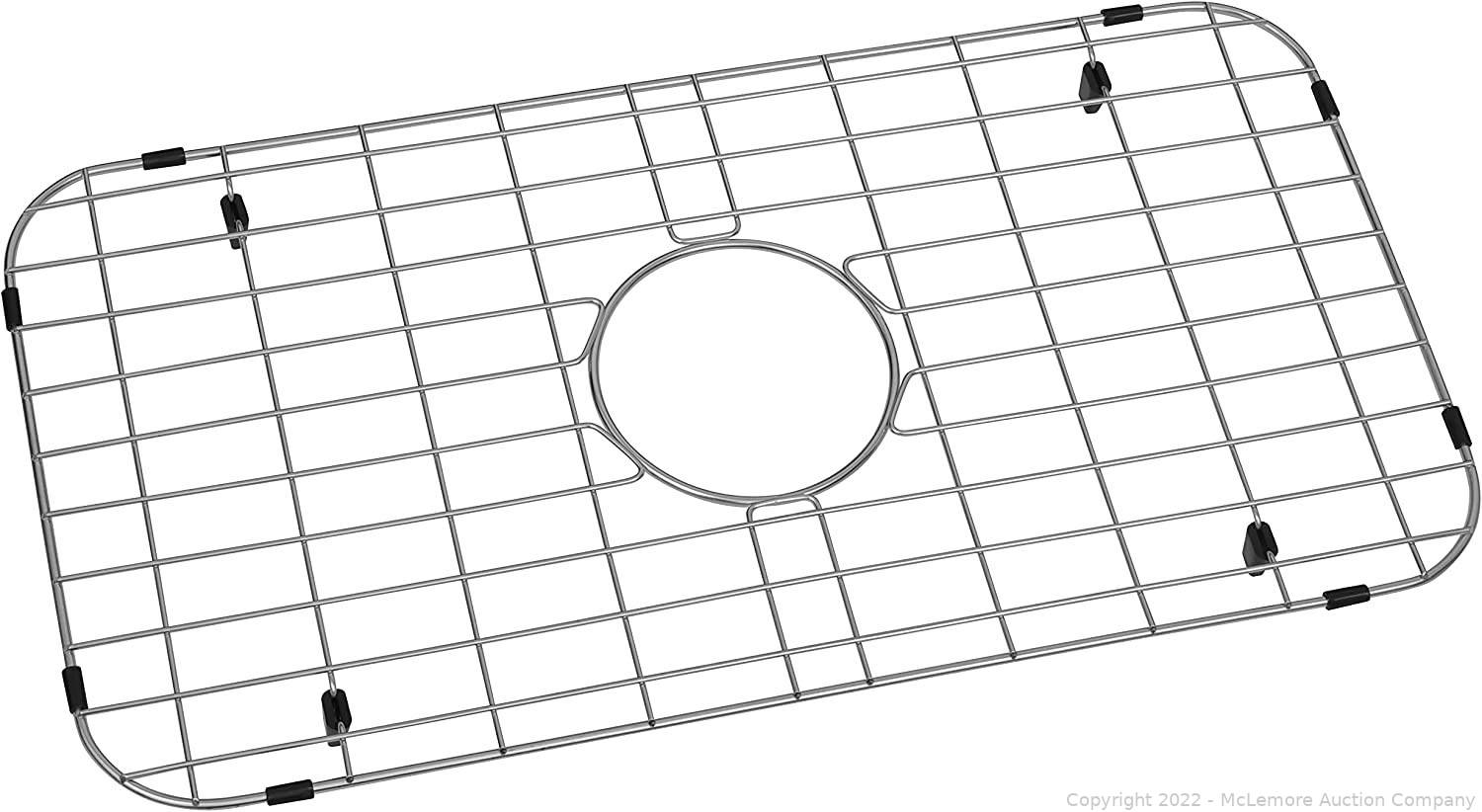






:max_bytes(150000):strip_icc()/kitchendoubleBasinsink-GettyImages-1098390260-420372a617b748d8a06491e6ad82d107.jpg)
:max_bytes(150000):strip_icc()/Basic-kitchen-sink-types-1821207_color_rev-0b539306b9ef4236a136624ad2a89a4c.jpg)
:max_bytes(150000):strip_icc()/DrainboardKitchenSink-5a762bbceb97de0037ef6fec.jpg)

